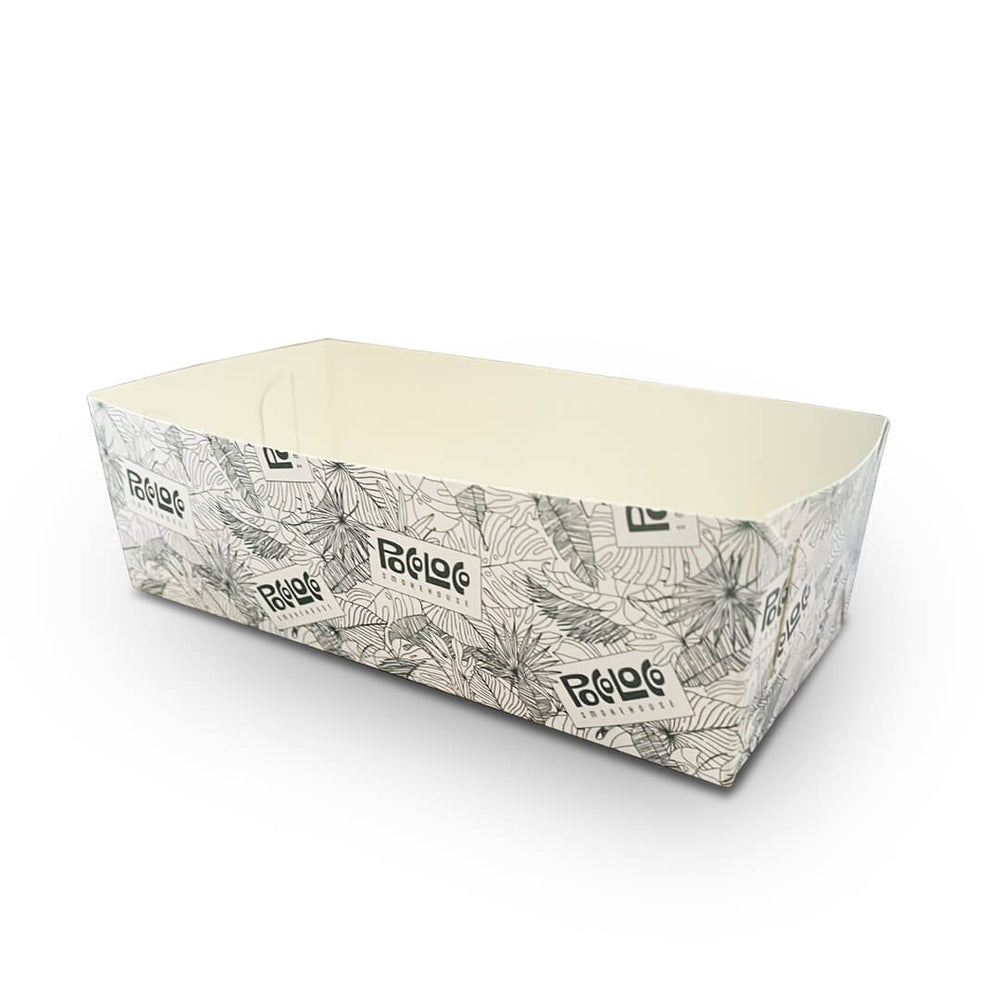The Art and Importance of Pizza Box Packaging
In the world of fast food, few items are as iconic as the pizza box. This unassuming cardboard container plays a crucial role in the pizza delivery experience, impacting everything from food temperature to customer satisfaction. As such, the design and functionality of pizza box packaging are of paramount importance, not just for functional purposes but also for branding and sustainability.
Historical Context
The pizza box has an interesting history that dates back to the early 20th century when pizza first gained popularity in the United States. Initially, pizzas were delivered in simple containers or even wrapped in paper. However, as demand grew, so did the need for a more efficient and effective way to transport these delicious pies. The introduction of the cardboard pizza box revolutionized the industry, providing a sturdy, insulated, and convenient method for carrying pizzas. This evolution set the stage for the colorful and creative packaging we see today.
Design Elements
A well-designed pizza box serves multiple purposes. It not only holds the pizza but also protects it from damage, preserves its heat, and maintains its freshness. Most boxes are designed with a folding top, which allows for easy access while also securing the contents during transport. Ventilation holes are often included to release steam, preventing soggy crusts—a common issue with pizza delivery. Additionally, the box's size is crucial; it must be large enough to accommodate various pizza sizes while being easy to stack and transport.
Moreover, the aesthetic aspect of pizza box packaging cannot be overlooked. Many pizzerias use their boxes as a canvas for branding. Colorful logos, catchy slogans, and even artistic designs can differentiate one establishment from another in a crowded market. Some companies even incorporate QR codes or promotions on their boxes, encouraging customers to engage with their brand online. This creative marketing strategy not only enhances brand recognition but also fosters customer loyalty.
pizza box packaging

Sustainability Concerns
In the face of rising environmental awareness, the pizza industry is also adapting its packaging strategies to become more sustainable. Traditional pizza boxes are made from cardboard, which is recyclable and biodegradable. However, the use of coatings or additives in some boxes can impede recyclability. Many pizza chains are now switching to eco-friendly materials that are entirely recyclable and compostable, ensuring that their packaging does not contribute to landfill waste.
Furthermore, there is a growing trend of utilizing innovative materials, such as plant-based plastics or even mycelium, to create packaging that is both functional and environmentally friendly. These advancements reflect a commitment to sustainability and resonate with increasingly eco-conscious consumers.
Conclusion
The humble pizza box, often taken for granted, carries immense importance within the pizza industry. Its evolution from a simple paper wrap to a robust, multi-functional packaging solution reflects broader trends in consumer behavior, environmental awareness, and branding strategies. As the industry continues to innovate, the pizza box will remain an integral part of the pizza experience, ensuring that this beloved dish arrives hot, fresh, and ready to be enjoyed.
In summary, the design and production of pizza box packaging capture the intersection of practicality and creativity, serving as a key aspect of the modern pizza delivery experience. As technology and consumer preferences evolve, we can expect to see even more exciting developments in how pizza is packaged and presented to eager customers. The next time you enjoy a slice, take a moment to appreciate the artistry and thoughtfulness that goes into the pizza box—it’s more than just a container; it’s a vital part of the culinary journey.



